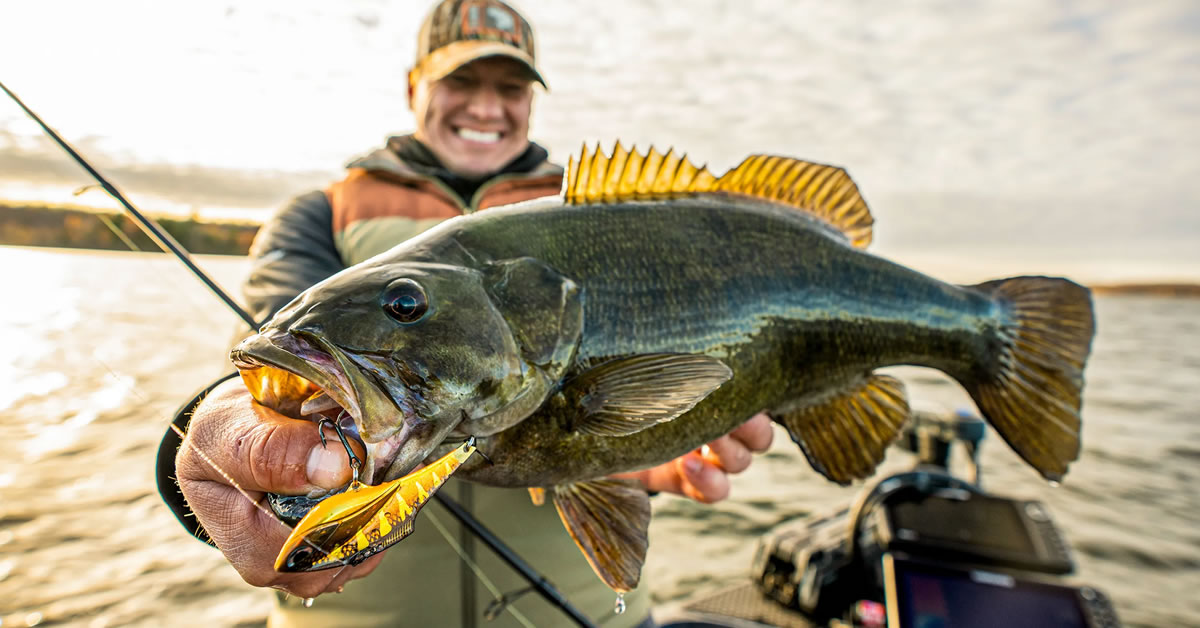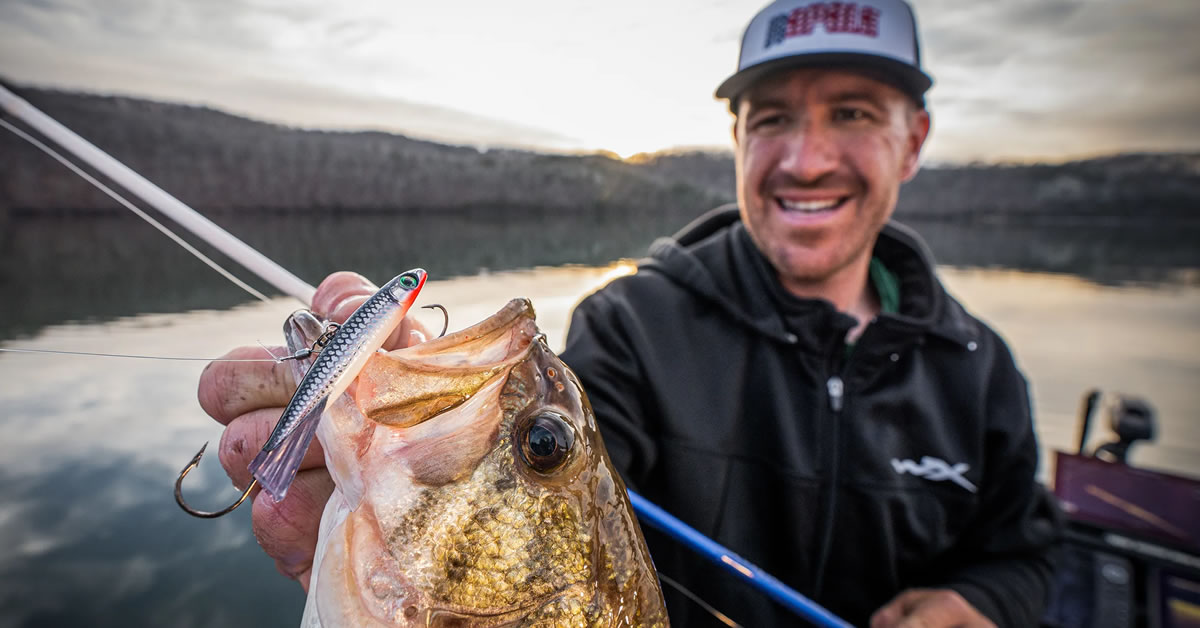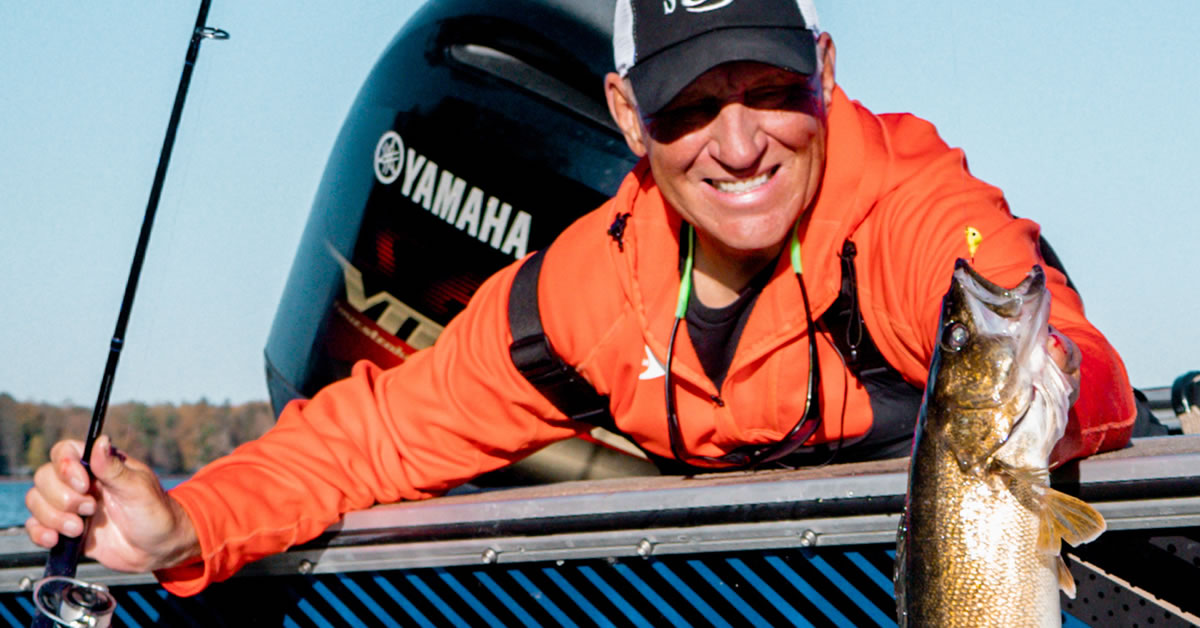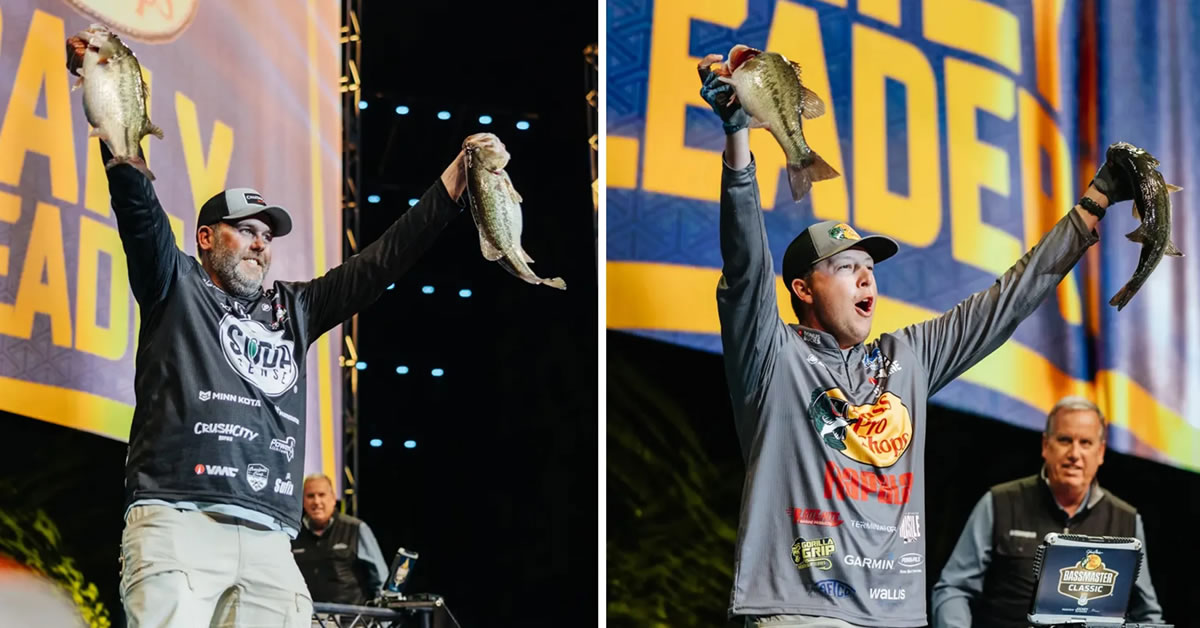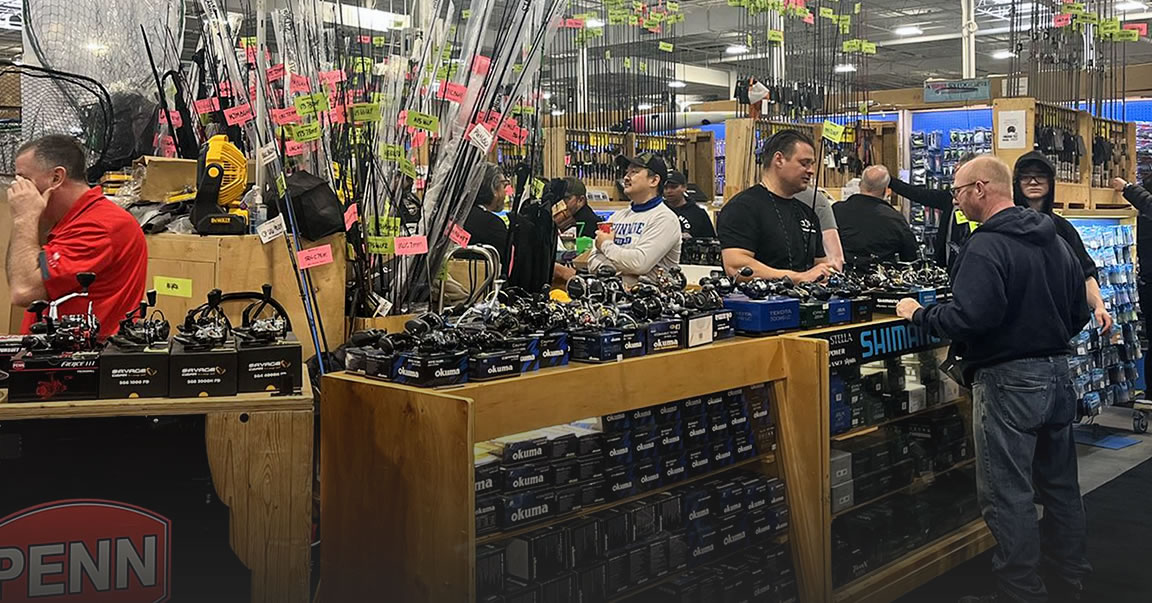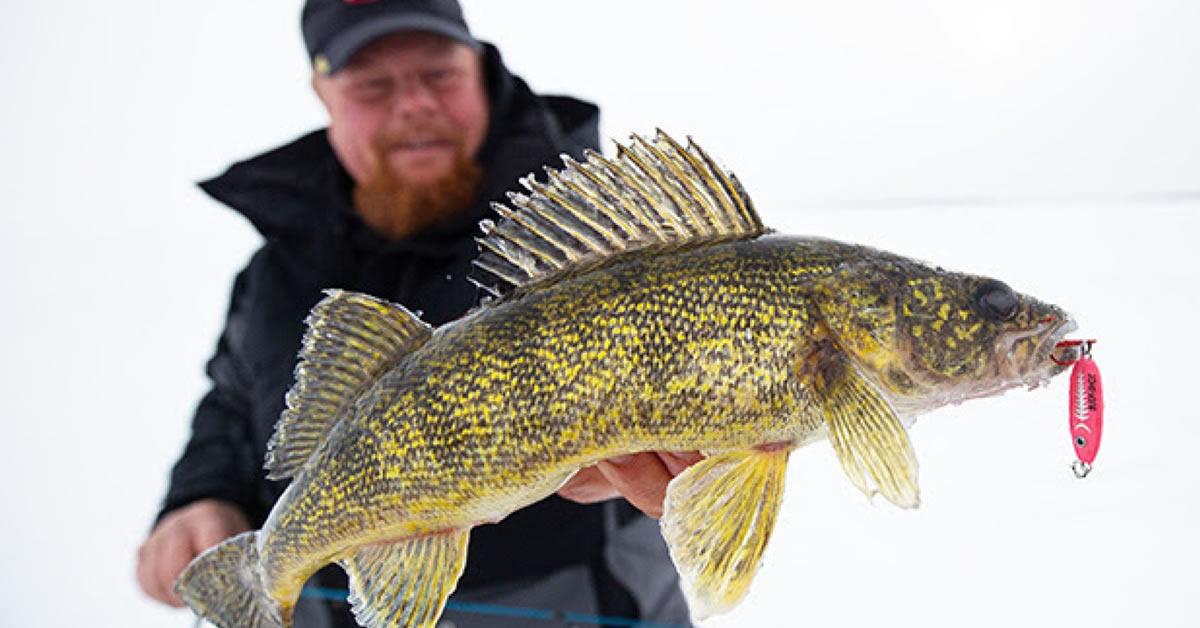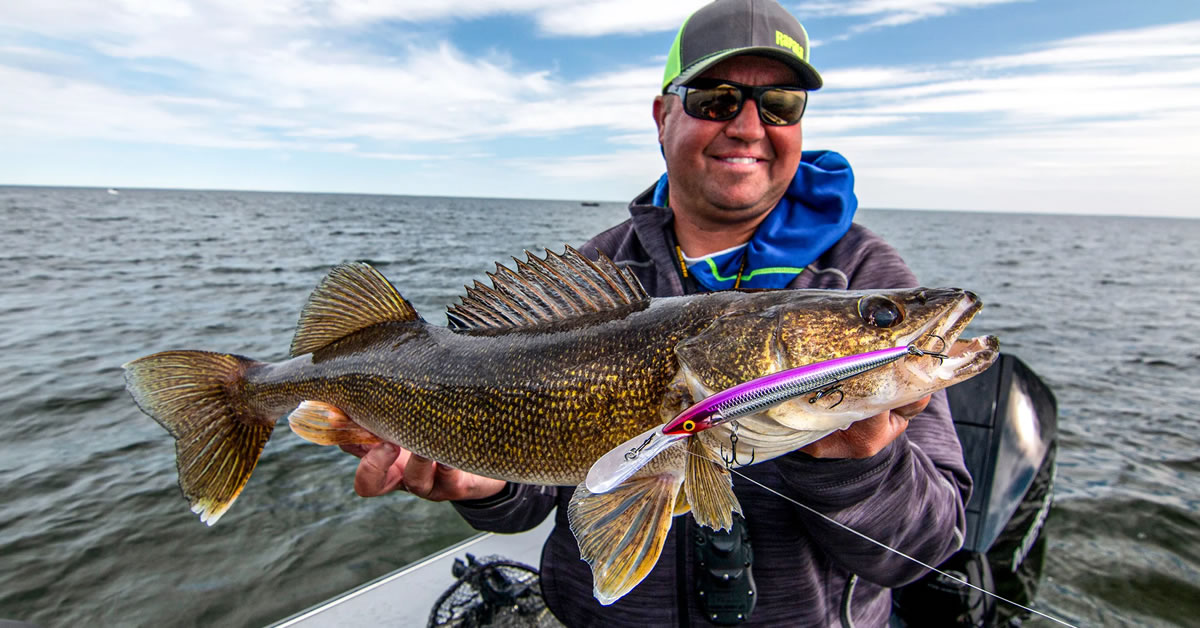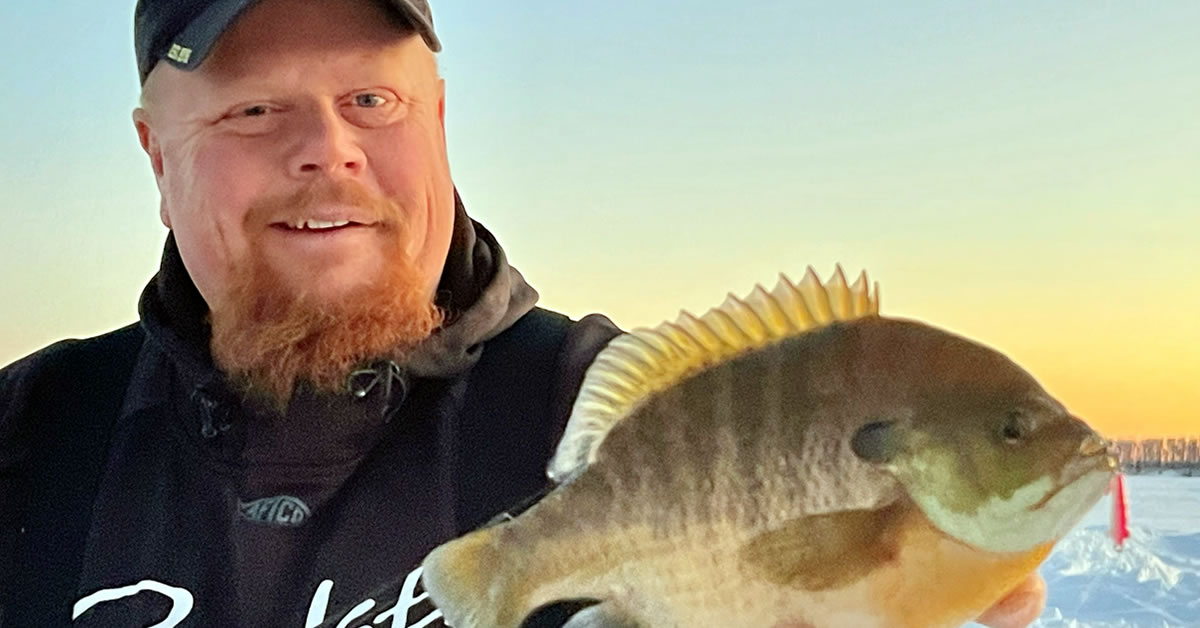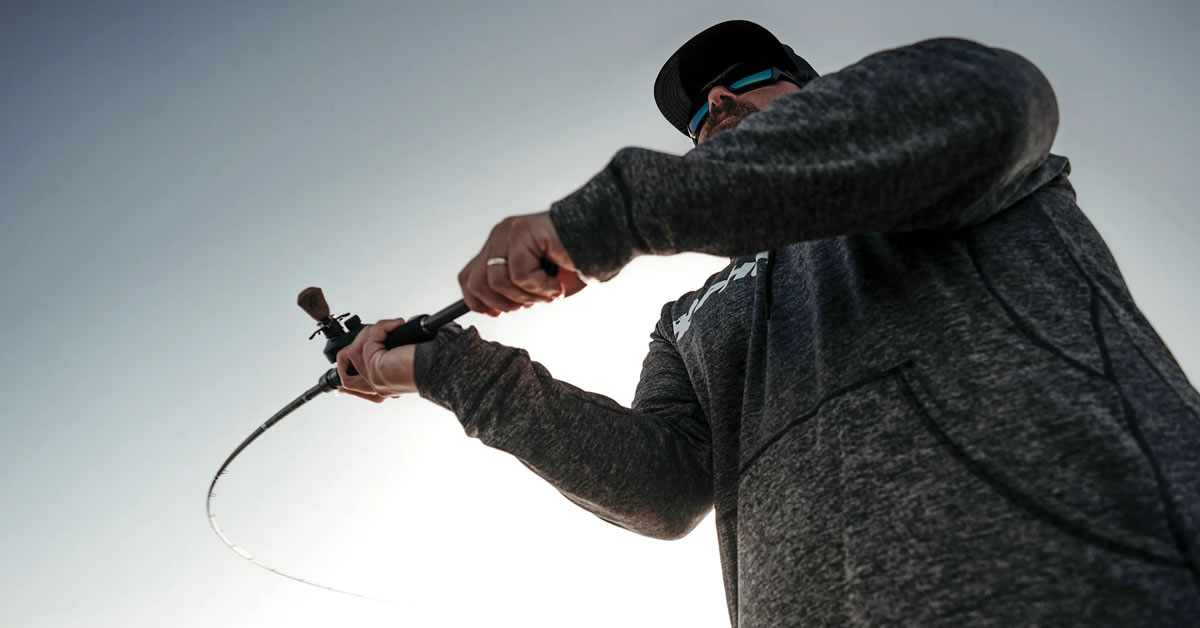Dead Easy Bass
It sounds odd, but deadsticking is actually a great fishing technique!
by Craig Ritchie
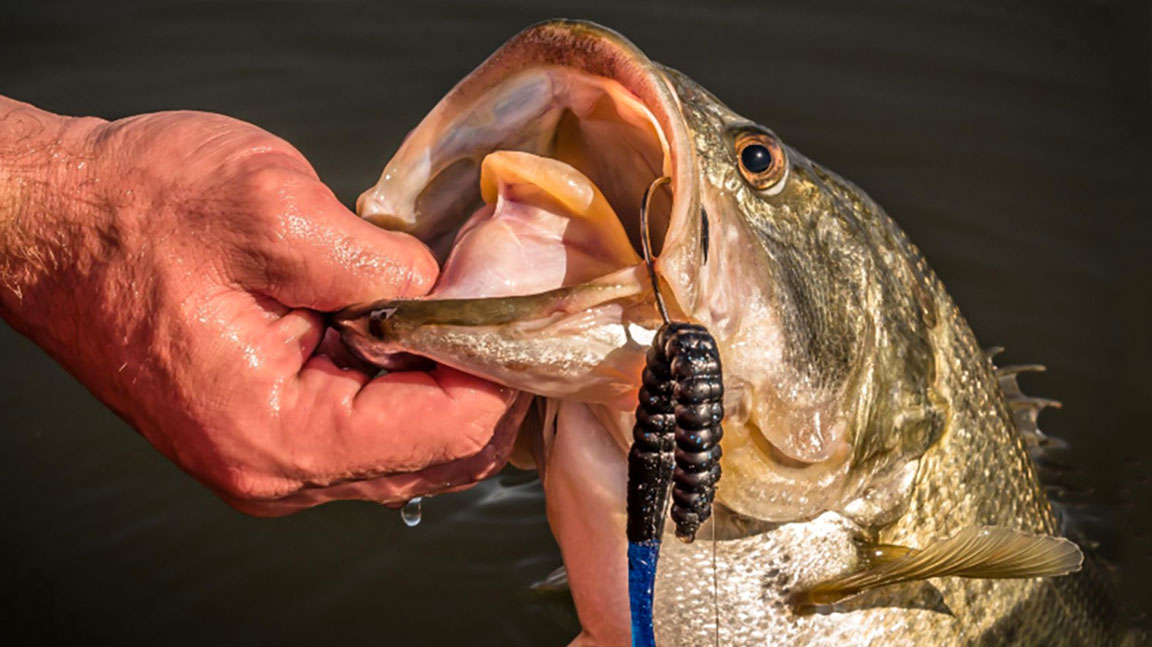
Deadsticking bass is exactly what it sounds like. You cast out your bait, then do absolutely nothing. The whole point is to just let it sit there like something that has died.
Deadsticking works because the reality is that most species of fish are at least part-time scavengers. They're accustomed to taking advantage of easy meals and aren't about to let any tasty tidbits go by, even if they're already dead. That's especially true in mid-summer, when big bass like to bury themselves in heavy cover and watch the world go by.
One thing they see all day, and well every day, is the same parade of anglers passing by, tossing various lures, then leaving a few moments later. They quickly learn to ignore them and their sub-surface offerings.
But a big thing that just seems to die and lay there is a whole other matter. They don't see that every day. So, they're interested.
One of my favourite ways to deadstick is to pull up alongside an area where fish will use weeds as cover and keep an eye out for potential meals - like the deeper weedy bits at the edge of a lake narrows, at the tip of an island, or along a shoreline point. These are spots where winds and currents continually drive a range of items past in the water, acting like natural conveyor belts for food. I'll find a good looking spot that has the potential to hold some fish, and cast a great big plastic worm very close to the cover but just a bit upwind from where I think the fish will be. I like big worms for this, and I may use a small bullet weight or an internal nail weight to aid casting if it's a windy day. But more often than I will just cast the worm itself, Texas rigged to keep it from fouling on weeds.
And, I leave it there.
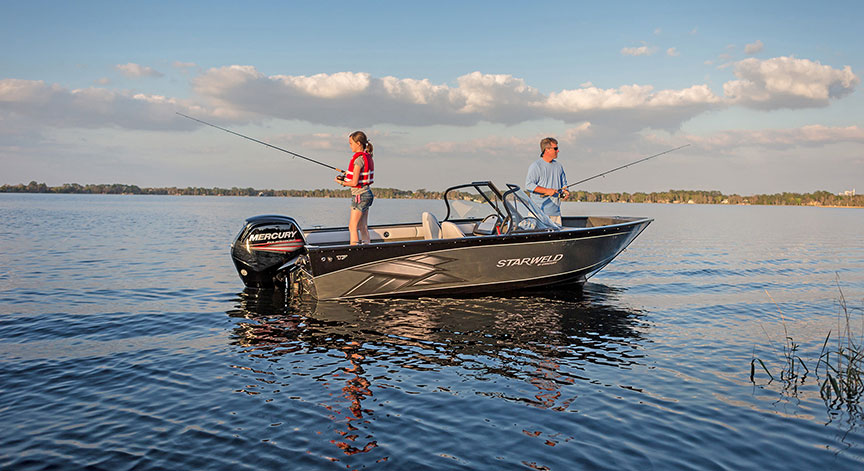
The waves may move it along, or not at all. The tough part "for me at least" is leaving the bait alone to work its magic. Most of the time, I'll put the rod down on the deck or pop it in a holder to keep me from fussing with it. As long as I can watch the line, all is good.
Deadsticking takes patience. But more often than not, after a few minutes something will happen. Usually it starts with a perch or a sunfish pecking at the bait, visible as sharp little twitches on the line. Then the bass comes along, and those rapid little pecks stop as the perch flee. When the bait just starts swimming away all by itself, that's my cue to grab the rod and set the hook.
Deadsticking is most productive on those hot, still summer days where every living things seems to have gone for a siesta - the lake is flat calm, and the birds aren't even singing because it's so hot. But it's also a good approach after a cold front has blown through, and fish are a bit less likely to chase fast-moving baits. That's when a bit of wind action can really help the impression your offering has just drifted along, rather than crashed in from above.




